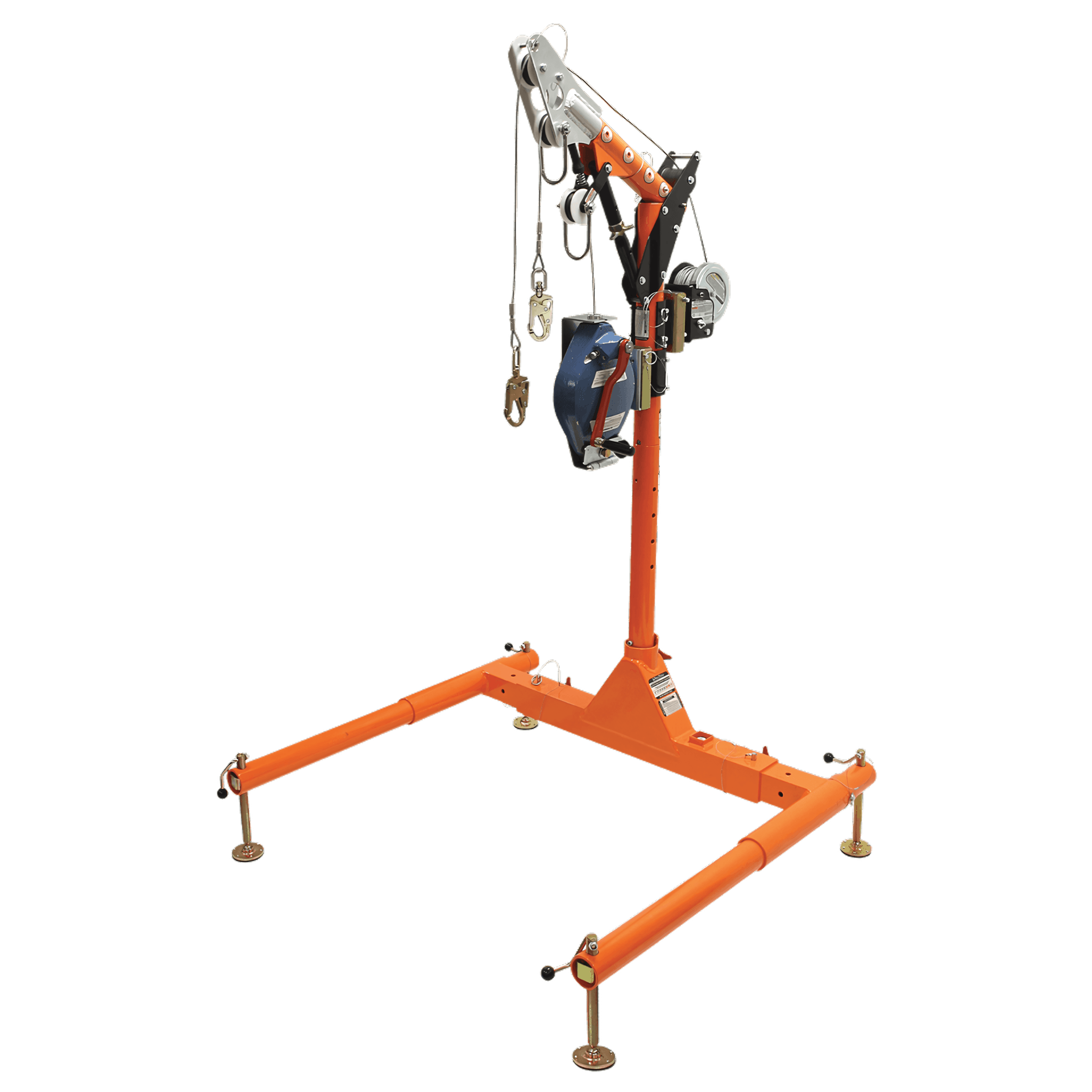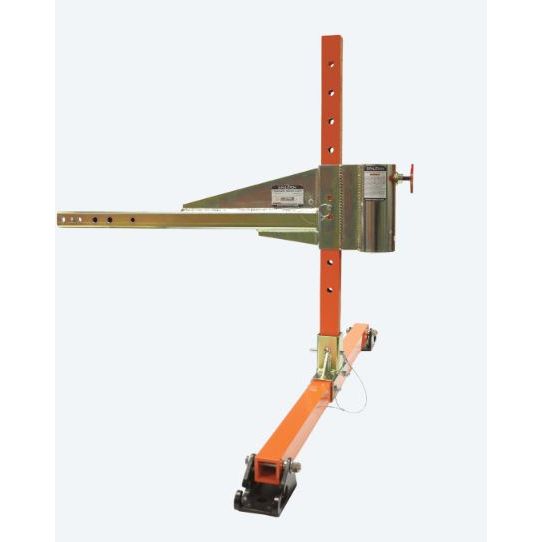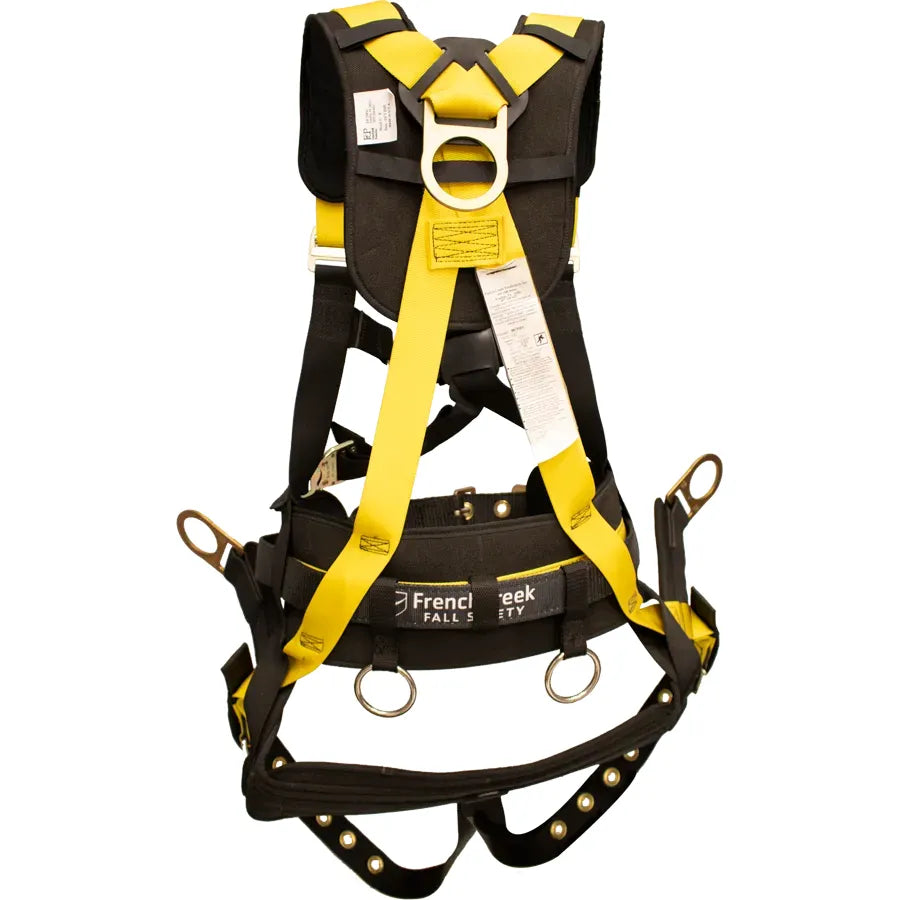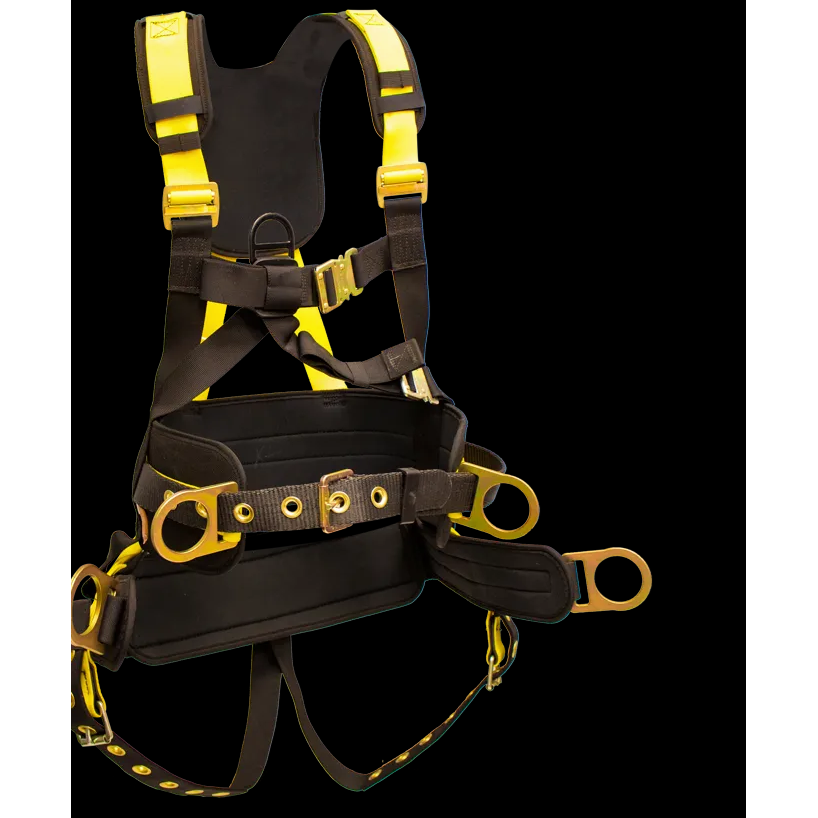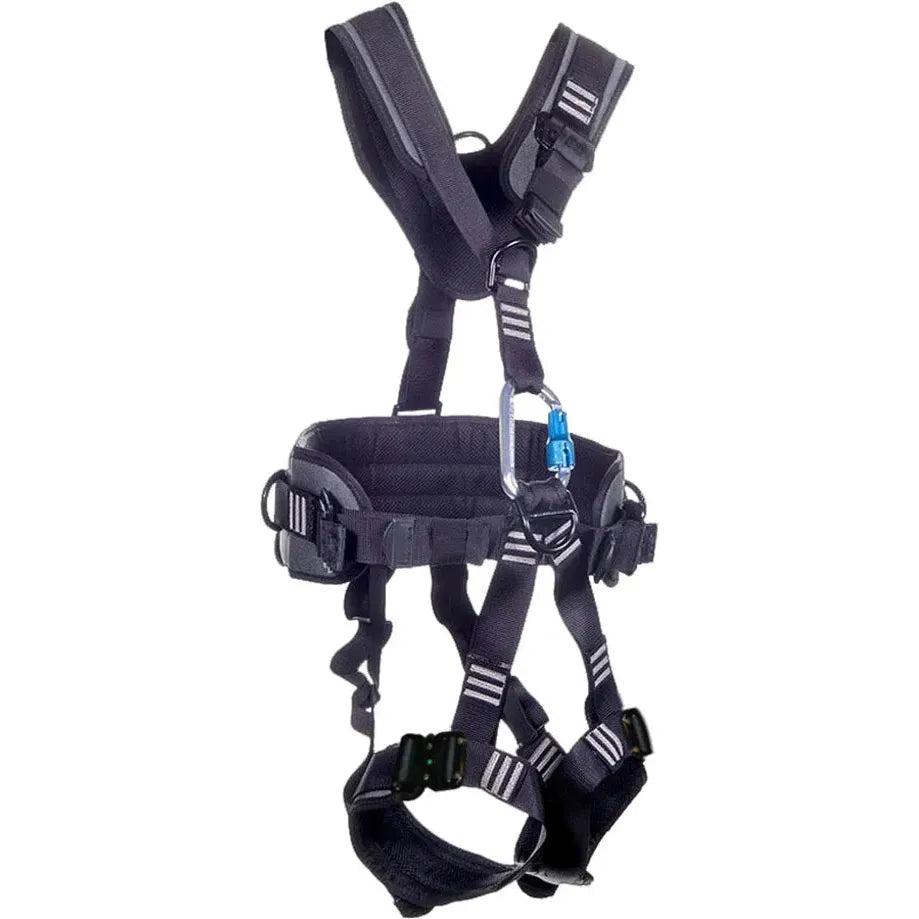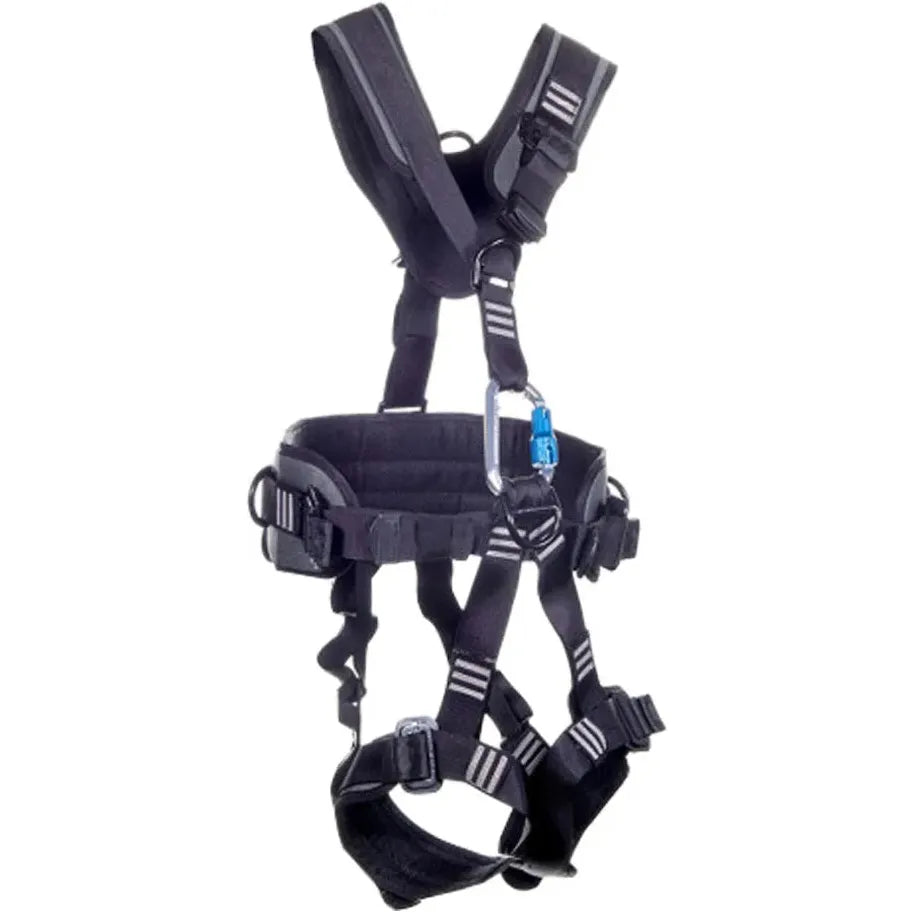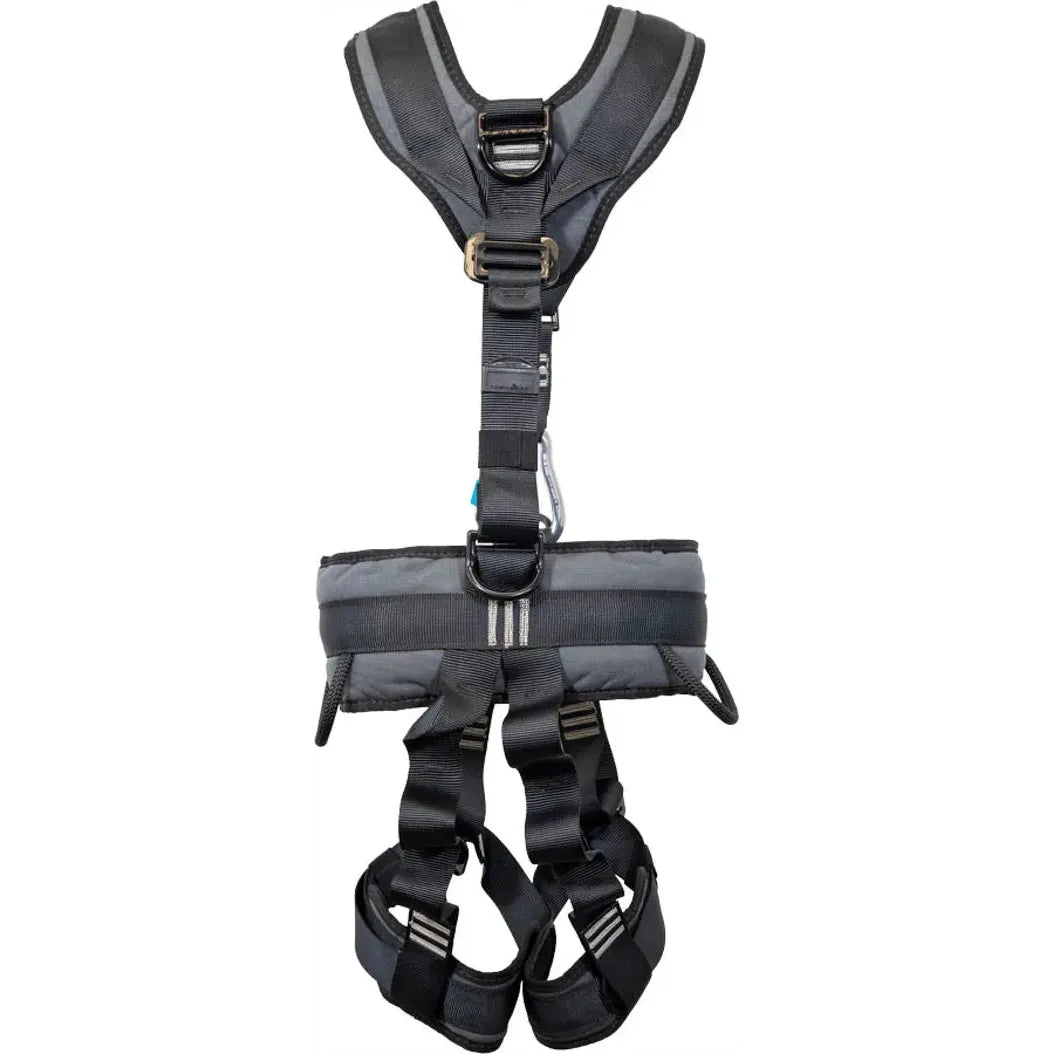Rope access and rescue harnesses are specialized equipment used by workers in industries such as construction, maintenance, rescue operations, and industrial rigging. These harnesses are designed to provide safety and support for workers who perform tasks at height or in confined spaces. Here's a quick overview of why they are different from other types of harnesses:
-
Versatility: Rope access and rescue harnesses are designed to accommodate a wide range of activities, including rope access work, rescue operations, confined space entry, and vertical positioning. They are highly versatile and can be used in various industries and work environments.
-
Attachment Points: These harnesses feature multiple attachment points, including dorsal (back), sternal (chest), waist, and side D-rings, to accommodate different work configurations and rescue scenarios. The positioning of these attachment points allows for efficient and safe maneuverability while working at height or in confined spaces.
-
Comfort and Mobility: Rope access and rescue harnesses prioritize comfort and mobility to support workers during long hours of use. They often feature padded waist belts, leg loops, and shoulder straps to distribute weight evenly and reduce pressure points. Additionally, ergonomic designs and adjustable components ensure freedom of movement while working.
-
Specialized Features: These harnesses may include specialized features such as gear loops, tool holders, and equipment attachment points to carry essential tools and gear while working at height or during rescue operations. Some harnesses also feature integrated chest ascenders or descenders for rope access work.
-
Durability and Safety: Rope access and rescue harnesses are constructed from high-quality materials such as nylon, polyester, or lightweight aluminum to ensure durability and reliability in demanding work environments. They undergo rigorous testing to meet industry safety standards and regulations, providing workers with confidence in their safety equipment.
-
Training and Certification: Proper training and certification are essential for workers using rope access and rescue harnesses to ensure they understand how to use the equipment safely and effectively. Training programs cover topics such as harness inspection, proper fitting, rope access techniques, rescue procedures, and emergency response.
In summary, rope access and rescue harnesses are designed to provide safety, comfort, and versatility for workers performing tasks at height or in confined spaces. With multiple attachment points, specialized features, and a focus on durability and safety, these harnesses are essential equipment for professionals in various industries who work in elevated or challenging environment

















